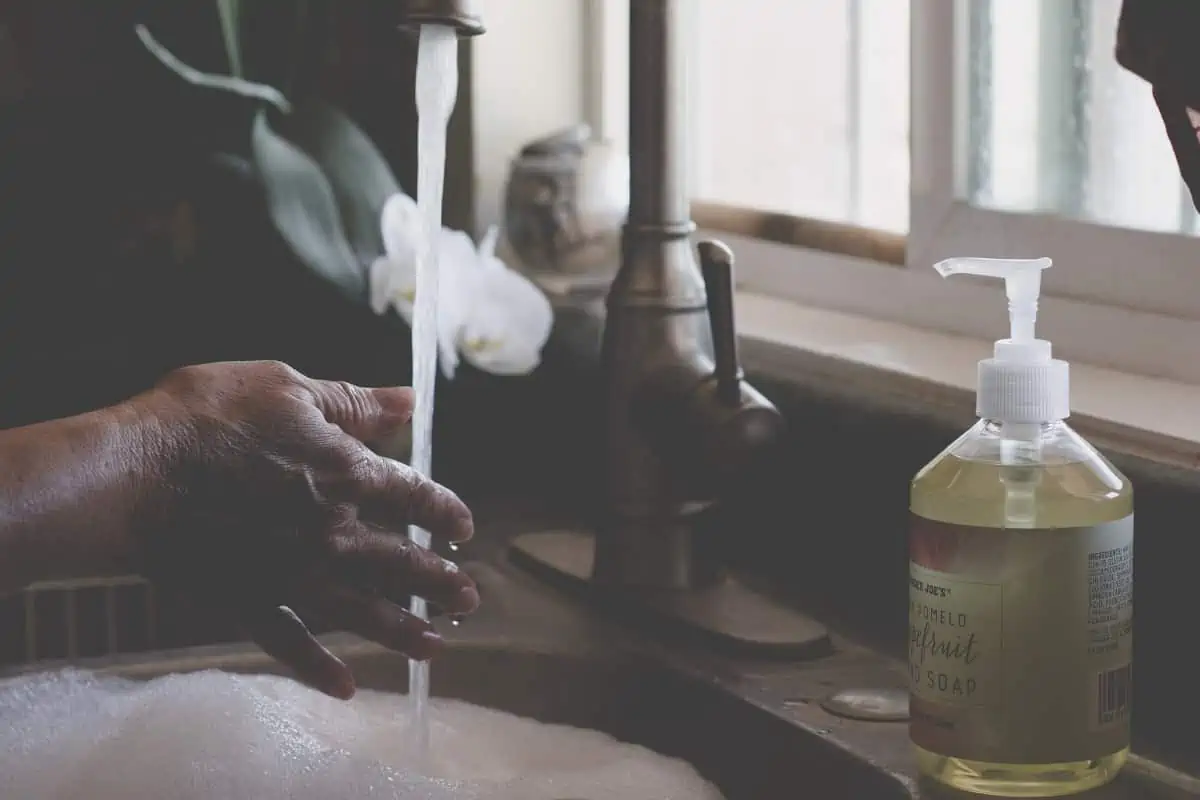Catherine Pereira-Kotze, University of the Western Cape
Most of the world’s domestic workers – (76%) – are women. They mainly do housework like cleaning, washing clothes, cooking and childcare, usually in private households. Domestic workers often have low incomes and are excluded from basic labour rights and employment benefits like pensions and paid leave.
There are over 76 million domestic workers globally, representing between 1% and 2% of the global workforce. Around 80% of domestic workers work informally.
Of all working women in South Africa, around 12% work as domestic workers. These workers have little or no safety nets. This form of work takes place in people’s homes, quite a personal context. It’s therefore difficult to make sure the sector applies regulatory frameworks. Domestic workers often depend on the goodwill of their employer to access components of maternity protection.
The International Labour Organization offers a definition of comprehensive maternity protection. It includes health protection at the workplace and a period of maternity leave. Women should get cash payments and medical benefits while on maternity leave. They should have job security and not face discrimination. Daily breastfeeding breaks and childcare support are also part of the protection package.
My colleagues and I recently described what maternity protection is available to non-standard workers in South Africa. This category includes temporary, part-time and casual workers. We specifically focused on domestic workers as a vulnerable sub-group.
South Africa’s laws and regulations incorporate some elements of global maternity protection recommendations. Non-standard workers are supposed to get health protection in the workplace, maternity leave and job security. They should not be discriminated against. But the policy framework is fragmented. And it’s difficult for employers and employees to interpret.
We found that domestic workers struggled to access maternity protection benefits – particularly cash payments while on maternity leave. This is because of gaps in the legislation, and employers not complying with relevant laws. Women may lose their income for the months they are on maternity leave.
Workplaces and employers need to be encouraged to go beyond minimum national requirements. They must aim to be in line with progressive global guidance. Workplaces, employers, managers, and members of society should intentionally contribute to supportive environments for women to be able to combine their work and family responsibilities. This could result in improved breastfeeding practices, which would play a role in improving the health and development of future generations.
Maternity protection
Maternity protection is available in South Africa for some non-standard workers. These provisions are dispersed across various documents and government departments.
We identified 29 policy and legislative documents that contain provisions on maternity protection relevant to non-standard workers. Most of these documents were from the Department of Employment and Labour.
The components of maternity protection are scattered through many policy documents. For example, to understand the cash payments that domestic workers are entitled to when on maternity leave, one needs to consult a number of different laws. These include the Unemployment Insurance Act (2001), the Unemployment Insurance Contributions Act (2002) and the Sectoral Determination for Domestic Work (2002), among others.
And there is weak alignment within government. For example, the National Department of Employment and Labour is responsible for labour legislation, which contain provisions on maternity protection. The National Department of Health implements health policy – some of which is relevant for maternity protection. But there are no clear communication channels or coordination between these two departments. Implementation, monitoring and enforcement of existing maternity protection policy are inadequate.
When women do not receive some form of income replacement (cash payment) while on maternity leave, they are not able to make full use of the maternity leave period available to them. They often return to work earlier than recommended. This has consequences for the care of their newborn. It also interferes with the establishment of breastfeeding.
All components of maternity protection need to be available and accessible for working women to be able to recover from childbirth, care for their new baby and establish breastfeeding. There is substantial evidence to support the many short- and long-term health, economic and environmental benefits of breastfeeding for children, women and society.
The most recent South African National Demographic Health Survey shows that only 32% of infants under six months are exclusively breastfed. The World Health Assembly has recommended that the global target for exclusive breastfeeding in the first six months be increased to 50% in all countries by 2025. Political support and financial investment are required to protect, promote and support breastfeeding and therefore create the conditions to give children the best start in life.
Improving access
The diversity of non-standard employment makes it especially challenging for many women to access maternity protection. Women in the informal economy make up a significant proportion of the workforce, especially in Africa. This is why it’s important to consider their labour-related rights.
Government – specifically the National Department of Employment and Labour – needs to ensure that the efficiency and accessibility of current social protection mechanisms such as the unemployment insurance fund are improved. One way of doing this could be making it easier for employers to find information on how to comply with relevant labour legislation, including that which enables access to maternity protection.
Lessons learned from the South African context could be applied to other low- and middle-income countries where non-standard employment is common and similar challenges to access maternity protection are experienced.
Making comprehensive maternity protection available and accessible to all women has potential long-term benefits to women’s and children’s health and development.
Catherine Pereira-Kotze, PhD candidate, University of the Western Cape
This article is republished from The Conversation under a Creative Commons license. Read the original article.
